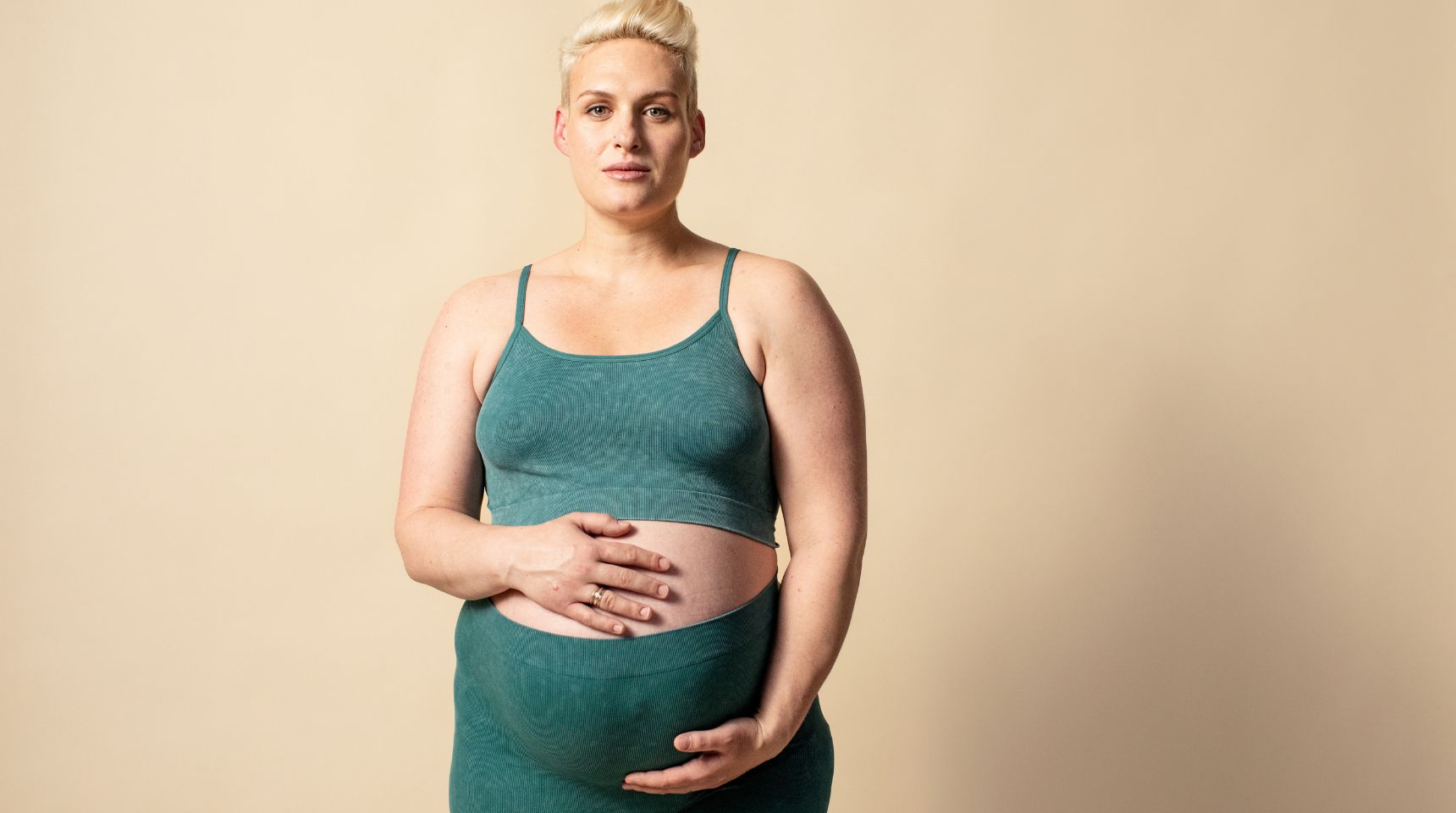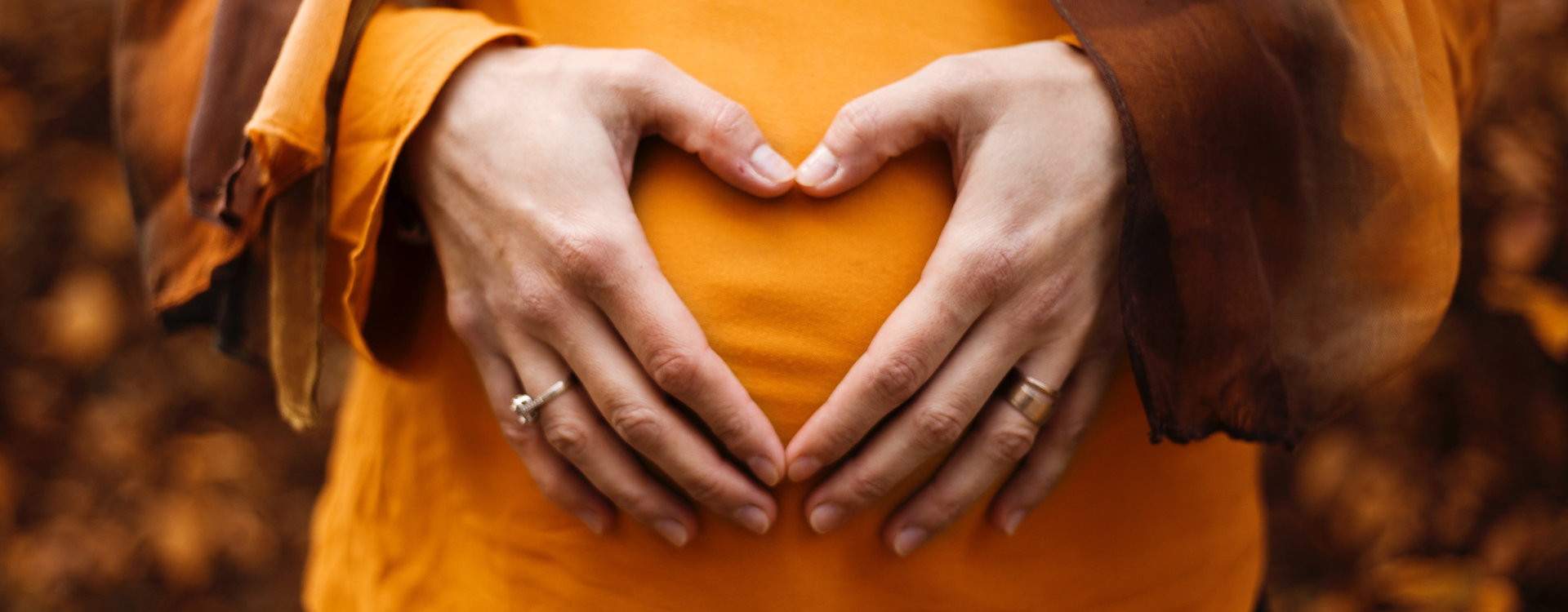If your breasts are leaking, you are not alone!
Leaking breasts are one of the many under-discussed topics of motherhood but it is completely normal. It’s a sign your body is making milk and, while it often happens shortly after you deliver, it can continue to happen throughout your breastfeeding journey.
Some moms don't leak and that’s totally normal, too! We know leaking can be uncomfortable and maybe even a little awkward depending on the when, the where, and the who is around, but there are easy ways to prepare for it so it is less embarrassing and inconvenient.
What causes breasts to leak?
You can leak breastmilk for a variety of reasons including having a full supply, or if your body is not yet sure how much to produce, if your mature milk is starting to come in, if you’ve missed a feeding, or even if you are just thinking about your baby. We weren’t kidding when we said there are a multitude of reasons for leaky breasts. Fun fact - even those who are no longer nursing or have not yet given birth can leak breastmilk.
When you begin breastfeeding, your levels of oxytocin, the hormone that produces the milk ejection reflex (MER) or let-down action, are still adjusting. These hormonal swings can sometimes lead to milk being released even when you aren’t feeding or pumping. For most women, oxytocin levels will balance out as their milk supply gets established.
Breastfeeding moms who experience leaking breastmilk should continue to nurse regularly which, at the beginning, will be at least 8 to 12 times in a 24-hour period. When moms frequently nurse their babies, the body learns how to regulate the breast’s reflex, eventually helping to lessen the amount of leakage over time. The frequency and amount baby takes at each feeding can vary for every mother and baby.
Take advantage of nursing pads
Keep your breasts protected and your clothing dry with the help of nursing pads. They help absorb leaking breastmilk and come in handy while your body is adjusting to baby’s feeding needs. Look for nursing pads that are made of breathable materials and offer full protection by drawing wicking moisture away from the nipple and breast surface, which will keep you comfortable and keep nipple and breast skin healthy and less prone to infections. Many moms prefer pads that are soft and specially contoured as they offer discreet protection and are less obvious under clothing.
Change pads frequently to avoid infection
Even if you are using absorbent nursing pads, it is important to change them regularly during the day and night so you can avoid or lessen the chance of getting a common yeast infection called thrush. Even if you are not leaking breastmilk heavily and the pads are not fully saturated, change them frequently because yeast can grow and thrive in warm, moist areas.
Common symptoms of thrush for your baby are white patches in inside their cheeks or on their tongue, a diaper rash, or fussiness when sucking during nursing, drinking from a bottle or cup, or when using a pacifier. Symptoms for moms can include itchy, burning nipples that can also be burning, red, and shiny. Thrush can also present itself as a deep shooting pain in the breast during or after nursing or as a yeast infection. It is important that both you and your baby are treated even if only one of you is showing symptoms of thrush. It is very easily passed back and forth between mom and baby. If you suspect thrush, consult with your healthcare provider or lactation consultant.
With a little preparation and the right products, your leaking breastmilk will be under control!
All content found on the Lansinoh.com website, including text, images, audio, or other formats were created for informational purposes only. The content is not intended to be a substitute for professional medical advice, diagnosis, or treatment. Always seek the advice of your physician or other qualified health provider with any questions you may have regarding a medical condition. Never disregard professional medical advice or delay in seeking it because of something you have read on this website.









